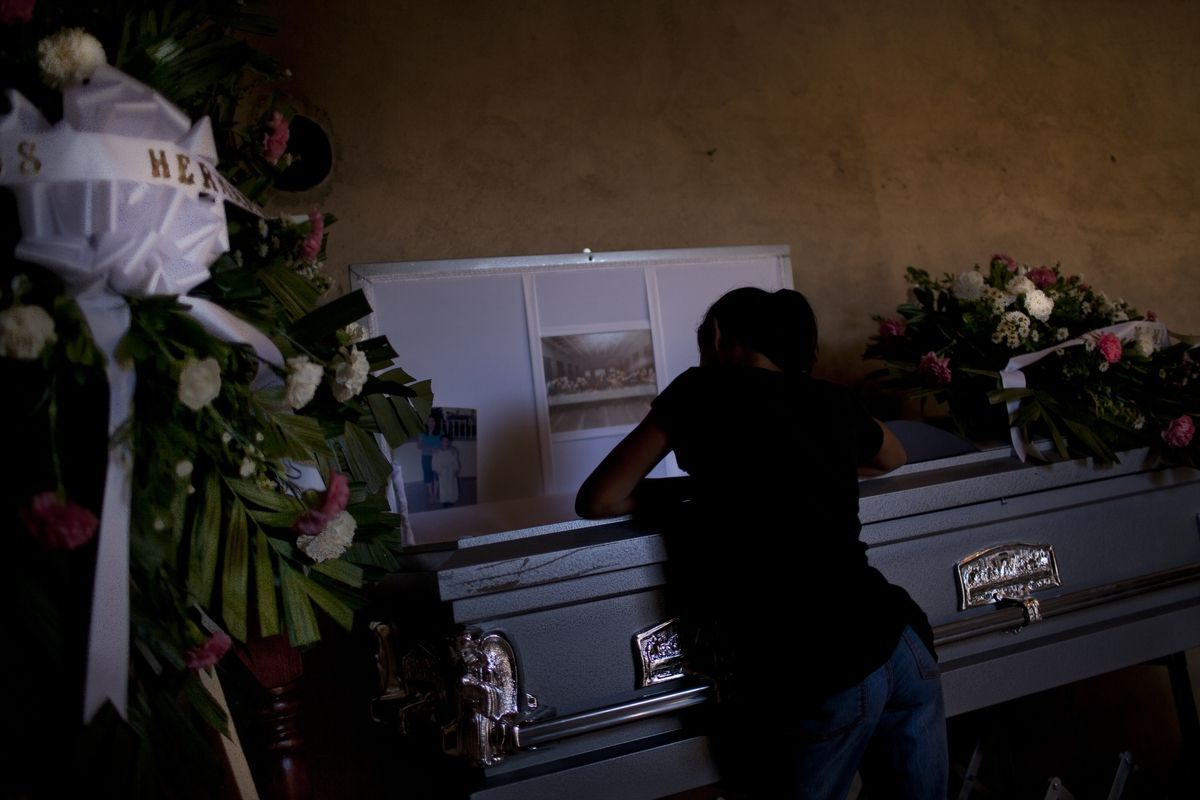Step 1:
Convergence Journalism is bringing together multiple forms of media to tell a more effective story. Rather than just reading an article in a newspaper, news consumers read the article online, scroll through a slideshow, click on a video link, and then listen to the related audio.
The Missouri School of Journalism recently created a new Convergence Journalism program, based on three basic principles:
1. The public increasingly wants to access quality news and information at any time through any and all media that are convenient or appealing to them.
2. The audience for news and information is less passive than it used to be. Many people, especially younger people, want to create, respond to, and interact with media. This desire has led to emerging “citizen journalists.” Fulltime journalists need to accept this power shift and take advantage of the opportunities it presents.
3. Convergence training should not be “a mile wide and an inch deep.” Young journalists will not be equally adept at all storytelling styles and skills, but each student will have the opportunity to focus in on their desired field. Each student can still be effective in their desired field while understanding and taking advantage of changes in the media landscape.
What do you think about these three principles? Do they seem in line with your understanding of modern journalism? It might seems daunting to have to do it all, and it is, but it’s possible. Today we will start exploring some of the world’s hot, young journalists who are practicing convergence journalism. Dominic Bracco received a grant from the Pulitzer Center on Crisis Reporting to report on the young people in Juarez, Mexico. He packaged his reporting in a project called Los Ninis: Mexico’s Lost Generation. Let’s take a look.
Step 2:
Read: 9/11 Border Security Leads to Crime Increase in Mexico
Mexico’s Changing Psyche
Watch: A Clarinet Instead of a Gun
Look: Life and Death in the Northern Pass
Listen: The War Next Door (the segment is 48 minutes, but you can listen to the first 10-15)
Step 3:
Answer the following questions:
Which medium did you find more informative? Why?
Which medium did you find most enjoyable? Why?
Which medium did you find most powerful? Why?
Why does convergence (putting all of these medium together on one site) make this story more powerful?
Optional:
Work in small groups and brainstorm a story you can report on using at least three different forms of media.
Allow students to explore another Pulitzer project on their own.
Objective: To introduce journalism students to the concept of convergence.
Essential Question: Why does convergence journalism make a story more powerful?



